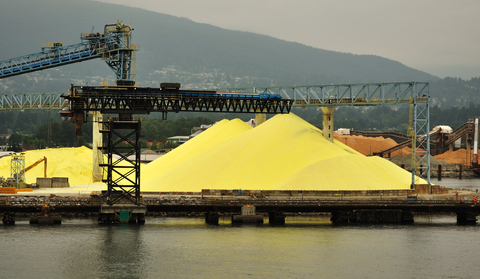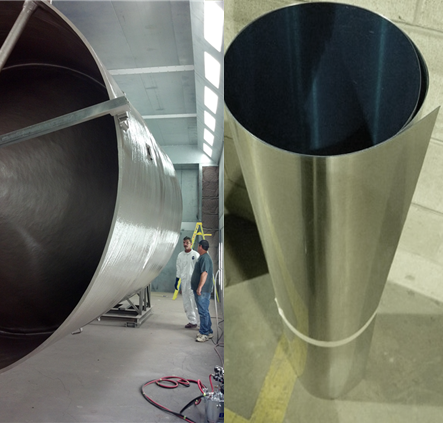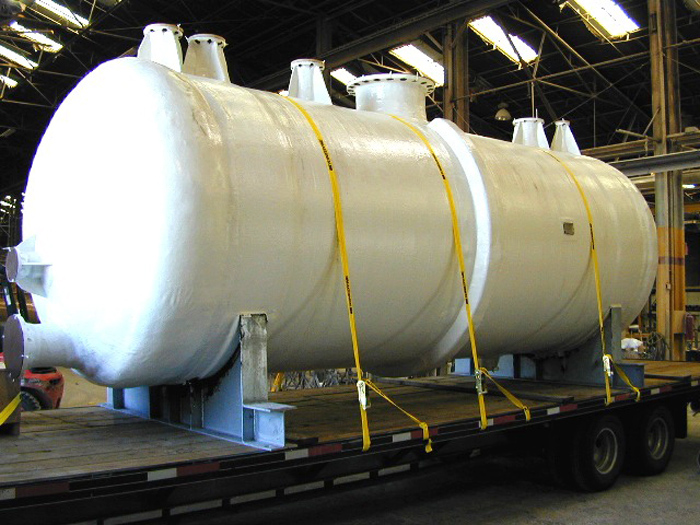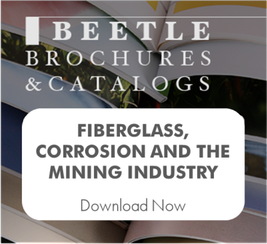Wastewater Systems and Fiberglass
Wastewater systems will vary in scale and complexity depending on the application; common wastewater systems are designed to meet the needs of housing developments, municipalities, resorts, public parks, sanitary stations, rural development, recreation areas, and schools—just to name a few. One of the most common problems related to wastewater systems is their susceptibility to corrosion. This issue is of particular concern for facility managers, planners and engineers who must adhere to stringent Federal, State and local regulations. Fiberglass provides stability and assurance to those who need solutions; custom-fabricated fiberglass products are ideal for wastewater systems—when designed properly, to specification, they are structurally sound, watertight, corrosion and abrasion resistant, and most importantly—a cost effective option.
Within wastewater treatment systems, regardless of whether they have been designed for treating 1,000,000 gallons per day or more, or for small commercial use, hydrogen sulfide and sulfuric acid may potentially cause degradation to infrastructure and/or lead to corrosion issues. Anaerobic conditions provide environments that feed acid generating microbes. Fiberglass that has been designed and fabricated with a corrosion barrier is an ideal materials solution in many wastewater applications, especially where anaerobic conditions are persistent.
Fiberglass brings versatility to the table—among much else including light-weight, high strength-to-weight ratio, it can also be designed to meet vacuum specifications—an important component in some wastewater applications. Fiberglass applications in the wastewater or water purification industry include, but are not limited to, chemical water treatment, industrial waste water treatment, lime-soda treatment, chlorine, disinfection, clarification, demineralization, oil demulsification, metal precipitation, odor, control, bioaugmentation, and the processing/handling/storage of many chemical precipitants, coagulants, flocculants, and defoamers.
Corrosion is a systemic issue that plagues just about every aspect of our life. According to one recent study released by NACE and CC technologies, the US production and manufacturing sector alone reports and estimated $17.6 billion annually in damages—this includes major industries such as agriculture, petroleum, power generation, and pulp and paper. In particular, the water and wastewater sector accounts for approximately $36 billion or 14% of the direct cost of corrosion in the U.S. alone, a staggering $276 billion dollars annually.
According to NACE International, “Both public and private water and wastewater agencies throughout the United States have infrastructure assets ranging in value, from millions to billions of dollars. Assets include, dams, aqueducts, tunnels, transmission/collection pipelines, water and wastewater treatment plants, pumping plants, distribution pipelines and storage.” Research has shown that fiberglass is a sound option for replacing many traditional materials, specifically in water related applications, materials such as concrete, steel alloys, cast iron, ductile iron, brass, copper and or any other material that cannot withstand corrosive attack.
Think of the possibilities; within the wastewater industry there are many ideal jobs for fiberglass—projects where functionality is critical and where long life cycles can have huge returns. Custom fiberglass materials could be used for dosing tanks, surge tanks, settling tanks and other accessories for tank systems including baffle walls, railings, ladders, decking, and fencing. In some systems where chemical applications are necessary batching stations have been designed using fiberglass for both storage, containment and general infrastructure. When it comes down to it, more than anything else, fiberglass can provide effective corrosion systems that have the potential to reduce plant downtime and maximize output.

 The effects of corrosion can be seen in industries across the globe. Every year the costs to repair, maintain, and replace equipment and infrastructure damaged by corrosion increase. In a 2009 study published by the World Corrosion Organization it was estimated that corrosion costs, worldwide, exceed 1.8 trillion dollars 1.
The effects of corrosion can be seen in industries across the globe. Every year the costs to repair, maintain, and replace equipment and infrastructure damaged by corrosion increase. In a 2009 study published by the World Corrosion Organization it was estimated that corrosion costs, worldwide, exceed 1.8 trillion dollars 1. FRP and Fiberglass
FRP and Fiberglass We are excited to announce that Beetle Plastics will be exhibiting at booth #117 at
We are excited to announce that Beetle Plastics will be exhibiting at booth #117 at  When looking for a
When looking for a 






 Across a wide range of industries, material and metal costs are rising. Added to the increase in materials cost is the
Across a wide range of industries, material and metal costs are rising. Added to the increase in materials cost is the 



